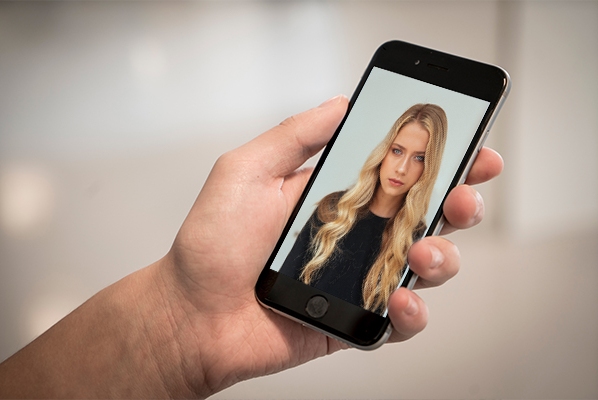Cell phone photos for business use is a bit of a touchy subject, for photographers, at least! Cell phone photos have come a long way in the last few years, and even I, as a professional photographer, have used them to promote my businesses on occasion. The best camera is the one you actually have with you, right? A picture is worth a thousand words, especially when it comes to marketing a business. However, if your photos look cheap, are poorly conceived, or look “dingy,” those are words that you don’t want associated with your brand! Does this mean that a professional camera must be used for business images? Not necessarily. Cell phone photos CAN be used for business, but it’s best to follow some simple guidelines to put your company’s best foot forward.
Cell Phone Photos for Business Marketing: Using the Right Platform
First, there are instances where cell phone photos for business marketing would be ill-advised. For example, print resolution files must be large and have a high ppi (pixels per inch) specification to look sharp and crisp when printed out, especially for larger prints. A cell phone simply cannot do this. At least not yet! Another area where you wouldn’t want to use cell phone photos for business marketing would be on your company’s main web site, on a header image, slide show, or lightbox presentation. So where can you use cell phone photos for business? Social media! Most savvy business marketing professionals are optimizing their ad dollars by purchasing Facebook, LinkedIn, and Instagram ads. A cell phone photo is perfectly fine on these platforms. The images used in these newsfeed social media ads are small, and unlikely to be examined too closely, making a cell phone photo perfect for the job. That doesn’t mean that it’s a good idea to use a poor image, just because it’s small. It’s still critical that images be the best they can be.
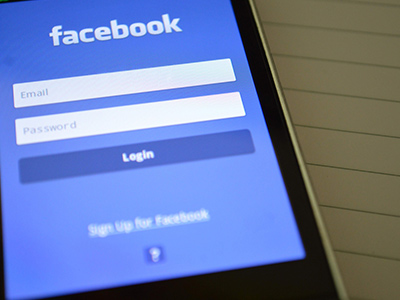
Window Light
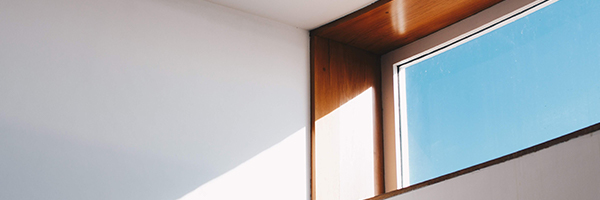
If Shooting Outside
Photographing in direct sunlight is not a great idea unless you’re shooting sports, and there’s no other way. If you must shoot outside, do it in the full shade, where there are no “hot spots” or patches of sunlight in your photo. This will give you a similar quantity and quality of light as a window, but without the directionality. The light coming through a window is coming from one source: the window. The light in a shady area is coming from all around, or is more omni-directional. This will produce an image that has very few shadows. This is less dramatic, but may suit your needs better? You’ll have to experiment and see which you like better.
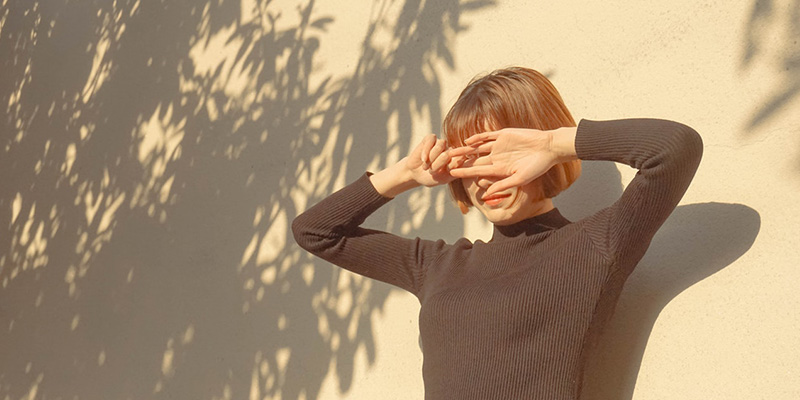
If you must take photos in full sunlight, it’s best to place the sun about 45 degrees over either shoulder. This will give you the most flattering light. One tip to use here: if you’re photographing a person, they’ll likely be squinting in the harsh light. Have them close their eyes and relax their face. Do a count-down, and have them open their eyes when you get to one, and start shooting. About 3-5 seconds after they have opened their eyes will probably produce the best images, as their pupils will have a chance to get back to normal size, and they’ll have some color to their eyes. You could also place the sun directly behind the person, adjust your exposure to their face, and take the picture that way. This will produce that glowing effect where the person looks like they’ve just rejoined us from the celestial realm, but it might work for the situation? Finally, if you must take photos, and the sun is high over head, this will produce the most challenges. Your subject will have raccoon eyes, and that’s not a look I think you want. You need to get some light on their face. Have them hold a piece of notebook paper just under their head, angled so that the reflections off the paper light up their face a bit.
If Shooting Inside
If you’re taking cell phone photos of an indoor event, where you cannot get near a window, go to the next available source: whatever is lighting the room. This might mean having your subject stand next to a wall sconce, or perhaps under a chandelier. Wherever you see a pool of light is a good place to start. It won’t be awesome, but it will be better than you could get otherwise. One of the deal breakers for cell phone photos in a dark room is movement. If you or your subject are moving at all when taking cell photos in a darkened room, there will be motion blur. This is because one of the only resources your phone has to take in enough light in these situations is to hold open your shutter longer. This can work fine of your cell phone is perfectly still and your subject is perfectly still, but if either moves a bit, everything is going to blur. That’s an unusable photo, no matter how you slice it. Photos in darkened rooms (hotels and convention centers?) where the subjects are moving around (dancing?) are difficult even for professional photo equipment. For a cell phone, it’s a lost cause. If you must capture something, and the people are moving and grooving in a darkened room, shoot video. You might be able to capture a usable still frame from that.
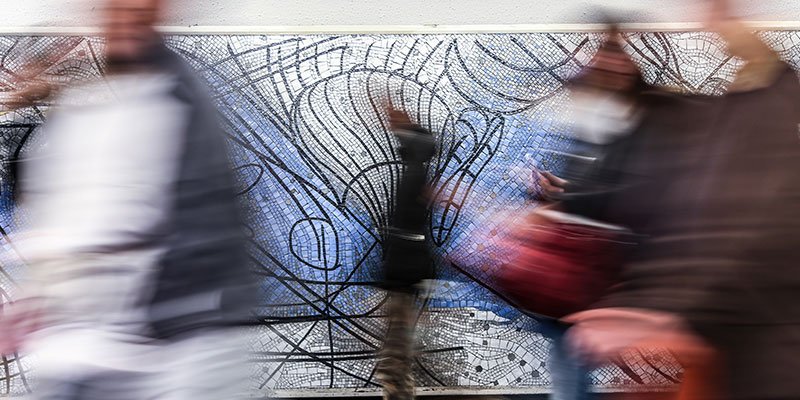
Rules of Composition
Now that we’ve covered different lighting situations, you’ll want to look at some simple composition guidelines that will help you take better photos. First, decide which orientation will work best for the shot you want to take. If you’re shooting a group of people, it makes little sense to shoot vertically (portrait mode). Turn that camera a bit and shoot wide! Next, use the rule of thirds to draw your viewer’s attention to the subject, or most visually appealing area of the composition. Unless there’s something interesting sitting on a person’s head, they should not be so low in the frame! Finally, try to keep that cell phone level while taking photos. You can straighten the picture in the editing phase, but to do so, you must crop it. The more you have to crop, the more resolution you’ll lose, and the image will degrade further. Another compositional rule to follow is to remove clutter from the image. If you want to create a trendy photograph of that deep fried Twinkie for your gastronomy blog, make sure that nothing else in the image is competing for attention!

It’s totally okay to use cell phone photos to promote your product, service, or organization, but you have to use some simple guidelines to make sure your photos do not put out the wrong message. Remember that you cannot make a second impression, and your photos are often the first thing that a prospective client will see. Happy snapping! If you do find yourself in need of a professional photographer, we’d be happy to help.

